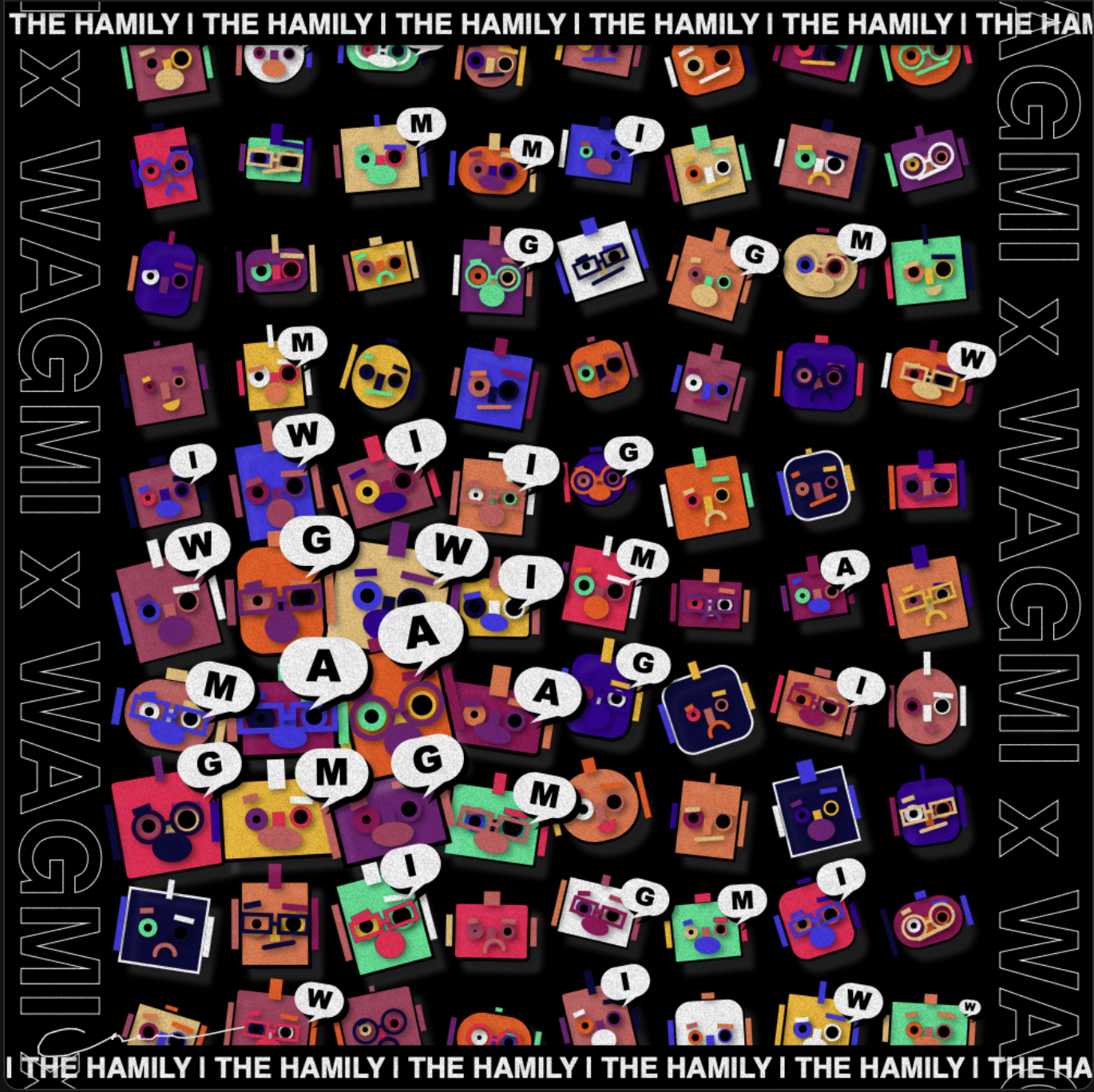DiNA
In 2004, Lynn Hershman Leeson unveiled an art installation called DiNA, delving into themes of identity, autonomy, and the connection between the real world and artificial intelligence. The art actively engages viewers through a face-to-face conversational interface where DiNA, portrayed by animated facial expressions of a woman, interacts with the audience.
DiNA, equipped with artificial intelligence capabilities, communicates using voice recognition technology and evolves through interactions with visitors. This interaction blurs the boundaries between observer and art, integrating the audience as a component of the artwork. Modeled after actress Tilda Swinton's face, DiNA presents a one-way mirror that enhances her realism. Beyond interaction, she assumes the role of a Telepresident candidate involved in an ongoing virtual election campaign, discussing and gathering viewer perspectives on societal issues such as healthcare, politics, and technology. Participants are encouraged to ask DiNA questions about her campaign as well as her opinions involving the political temperature of issues.
During the 2000s, integrating voice recognition technology into DiNA posed challenges. The voice recognition was still in its early stages, facing issues with accuracy, especially in noisy environments or with diverse accents. It required advanced algorithms to operate effectively. Despite these hurdles, Hershman Leeson successfully incorporated this technology into DiNA, showcasing an innovative approach to art.
DiNA by Lynn Hershman
DiNA enhances her responses through analyzing her interactions. This feature enables her to provide insights on events and philosophical inquiries reflecting the societal concerns prevalent during her creation period. Her evolution since debuting in 2004 signifies a shift from keyboard-based interactions to speech recognition, illustrating the progress of interactive art technology. That era was shaped by increased surveillance practices and the emergence of the internet and social media platforms, a backdrop that influenced DiNA's context.
Following the aftermath of September 11, 2001, this time was marked by heightened global security measures and a growing discourse on privacy and surveillance issues.
By presenting DiNA as both a creation and an interactive art, Hershman Leeson encourages viewers to contemplate the implications of observation, engagement, and the changing concept of autonomy in the new era.
DiNA by Linn Hershman; courtesy Bridget Donahue Gallery, New York
Sources:
“Lynn Hershman Leeson.” Lynn Hershman Leeson. https://www.lynnhershman.com/.
Kim, Eana. 2018. “EMBODIMENTS OF AUTONOMOUS ENTITIES: LYNN HERSHMAN LEESON’S ARTIFICIALLY INTELLIGENT ROBOTS, AGENT RUBY AND DiNA.” Thesis. Master of Arts Thesis. The Institute of Fine Arts, New York University. https://www.lynnhershman.com/wp-content/uploads/2018/08/LHL_EanaKim_ThesisExcerpt_Formatted.pdf.
“The Interview | Lynn Hershman Leeson.” https://www.rightclicksave.com/article/the-interview-lynn-hershman-leeson-carla-gannis.
mediachef. Lynn Hershman, DiNA. Flickr. https://www.flickr.com/photos/mediachef/263196970.
“Privacy.” Electronic Frontier Foundation. https://www.eff.org/issues/privacy.
American Civil Liberties Union. “Surveillance Under the Patriot Act.” https://www.aclu.org/issues/national-security/privacy-and-surveillance/surveillance-under-patriot-act#:~:text=Hastily%20passed%2045%20days%20after,and%20credit%20reporting%20records%2C%20and.
Bhuiyan, Johana. 2022. “TechScape: Surveillance Is Now Just a Part of Daily Life for US Citizens.” The Guardian, February 11, 2022. https://www.theguardian.com/technology/2022/feb/09/techscape-us-surveillance.
Pinola, Melanie. 2023. “Speech Recognition Through the Decades: How We Ended up With Siri.” PCWorld, April 21, 2023. https://www.pcworld.com/article/477914/speech_recognition_through_the_decades_how_we_ended_up_with_siri.html.






